Contents
What is Internet Protocol (IP)?
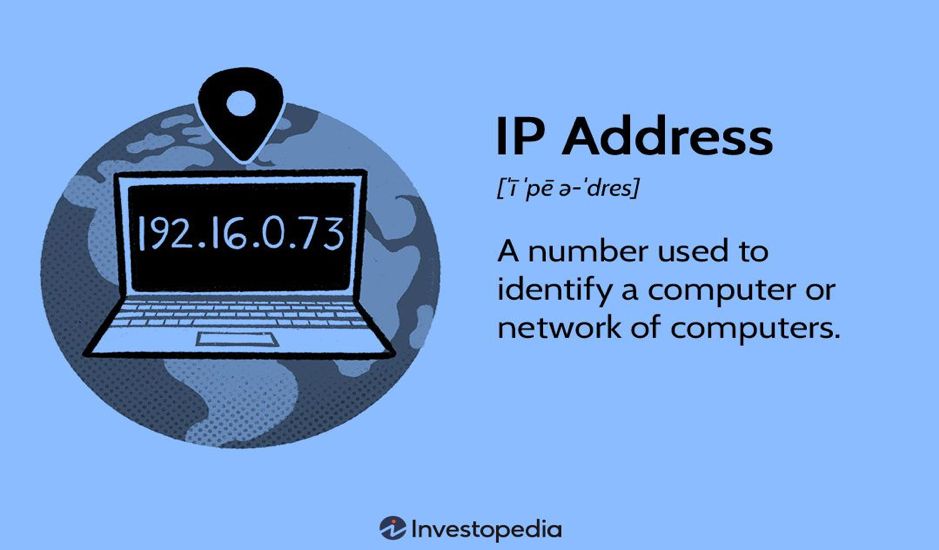
IP, elongated as Internet Protocol, is an IP (internet protocol) address is allocated to every device linked to a network. An IP address is used by every device to communicate. Since this address identifies the device on a network, it also functions as an identification. It outlines the technical format of the packets. TCP/IP refers to the arrangement of both IP and TCP networks. The reason behind is that they are primarily used together. It establishes a digital link between the origin and the final location.
A numeric address that is given to every device connected to a network can also be used to describe an IP address. Every device on the network has an IP address given to it so that it may be uniquely identified. The TCP/IP protocol utilizes a 32-bit logical address called IPv4 to make packet routing easier. A network address and a host address are the two components that make up an Internet Protocol address.
There are two key types of IP addresses:
- IPv4 (Internet Protocol Version 4), and
- IPv6 (Internet Protocol Version 6).
Introduction to IPv4
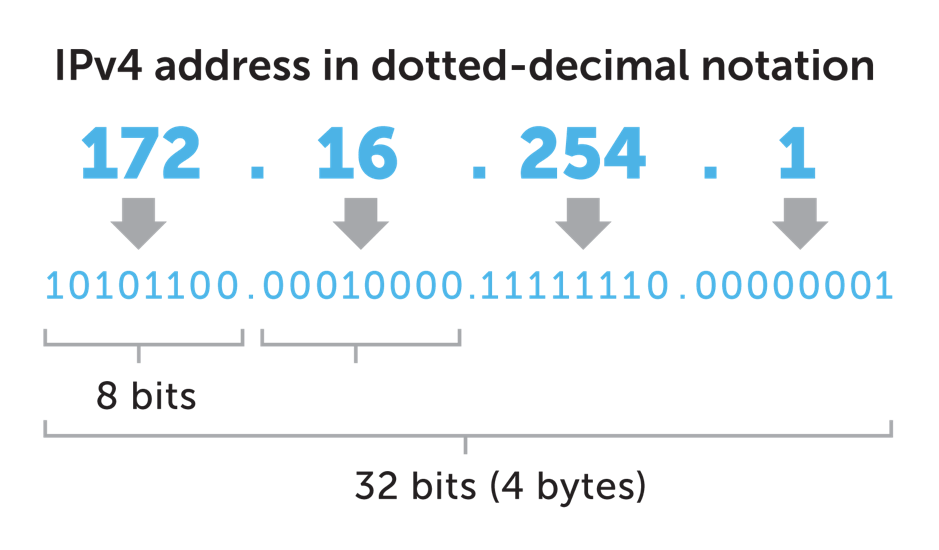
The IPv4 defines the guidelines for computer networks based on the packet exchange concept. Through the use of an addressing system, it is able to uniquely identify devices linked to the network. Any device that connects to the Internet, be it a switch, a PC, or another device, is given a distinct IP address, like 192.149.252.76.
IPv4 is capable of holding 2.19 billion addresses (or 2^32 addresses) with its 32-bit address structure. The number of end users connecting to the Internet is growing, which causes IPv4 addresses to run out. To meet the demand for additional Internet addresses, the new IPv6 Internet addressing system is implemented.
Characteristics of IPv4
Following are the characteristics of IPv4:
- Protocol is Connectionless
- It allows producing a simple virtual layer of communication over varied devices
- It needs less memory and modest remembering addresses
- It is already supported protocol by masses of devices
- It offers conferences and video libraries
IPv4 – The Drawbacks
Currently, the world’s population is 7.6 billion. Every user has many internet-connected devices, and private businesses also depend on the internet. As of right now, IPv4 generates 4 Bn addresses, which is insufficient for every internet-connected device on the earth.
Even so, a number of methods, including classes, inter-domain translation, port address translation, network address translation, variable-length masks, and others, were developed to preserve IP address bandwidth and delay its exhaustion. These methods transform public IP addresses into private addresses, enabling users with public IP addresses to access the internet. However, this was still inefficient, which led to the creation of IPv6, the Next-Gen of IP addresses.
Introduction to IPv6
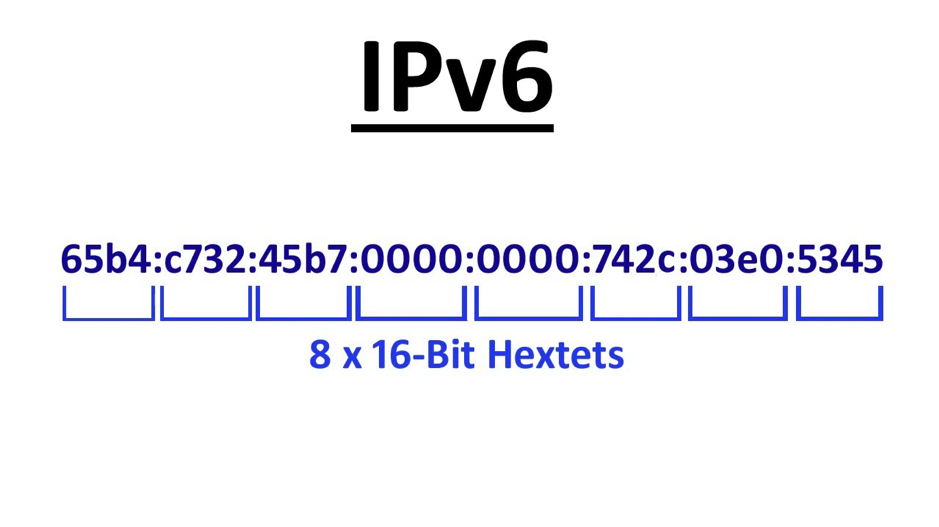
In 1999, IPv6 was implemented due to fears that the number of IP addresses needed would surpass the supply. It simplifies data transfer and the communication to take place over the network. IPv6 is a 128-bit address that supports a total of 2^128 Internet addresses. IPv6 not only tackles the issue of scarce network address resources, but it also removes obstacles to multiple Internet-connected devices connecting at the same time.
An IPv6 address can be written as: ‘3ffe:1900:fe21:4545:0000:0000:0000:0000’
Characteristics of IPv6
Following are the characteristics of IPv6:
- Routing Infrastructure and Hierarchical Addressing
- Stateless and Stateful Configuration
- Support for (QoS) Quality of Service
- The Best Protocol for Neighboring Node Interaction
What is IPv5? Why did it Fail?
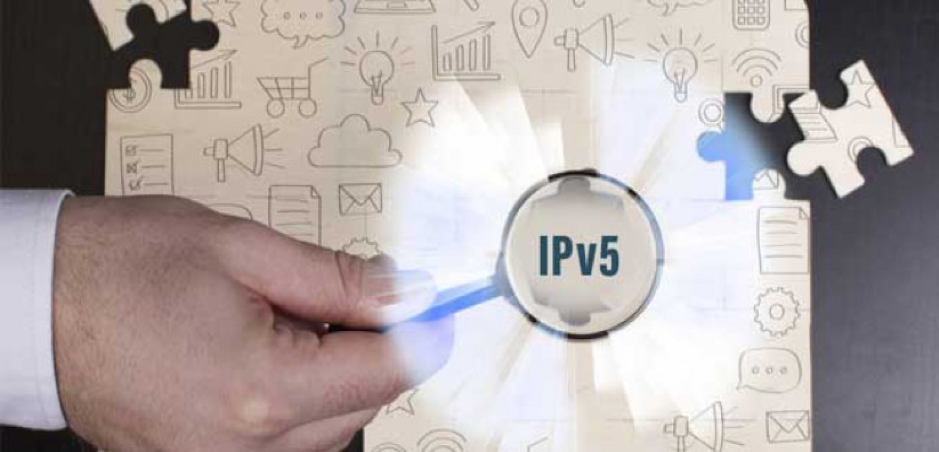
Basically, IPv5 never existed. Only two IP versions, IPv4 and IPv6 are genuinely identified by their numbers, despite the fact that there is an IP version allocated the number 5. Essentially, the Internet Stream Protocol (ST) is the formal name for what we call IPv5.
The Internet Stream Protocol was first put forth by James W. Forgie in 1979 under the (IEN) Internet Experiment Note 119. RFC 1190 was added to the note by (NWG) Network Working Group in 1990. “Based on experiments’ results with the original version, discussion, and subsequent requests and suggestions for improvements,” the Group introduced Internet Stream Protocol Version 2 (ST2).
What is Internet Stream Protocol?
Precisely, it was a transport protocol which communicated voice over the networks. With video calls in mind, the ST2-second version was created. Since ST and ST2 were experimental techniques, neither was ever made available to the general public.
Fundamentally, ST/ST2 was not designed as an IPv4 substitute and it was not designed as an IPv6 predecessor either. However, IP Version 5 was added to ST packet header to differentiate it from the IPv4 packet header. Due to this, the developers of the upcoming deployable version of the Internet Protocol decided to miss out any possibility of ambiguity and move straight to IPv6.
Specifically, there was no release date of IPv5 that was sharply cancelled. It is not necessary to compare IPv6 and IPv5. Moreover, users can update IPv5 without searching Google. IPv5 was just non-existent.
After IPv4, what exactly happened to IPv5?
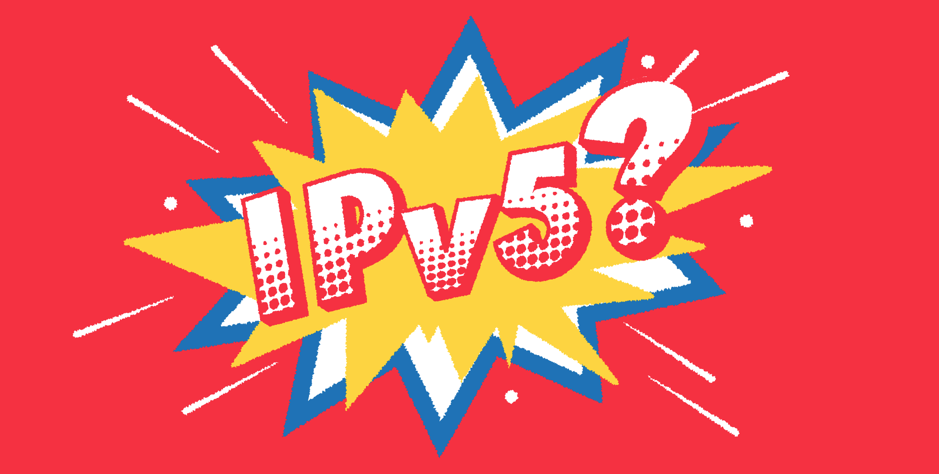
As mentioned above, IPv5 was never formally adopted as a protocol. Let us learn more about it in detail. To address this, we need to take a closer look at IPv4. It is known that the main drawback of IPv4 is that it can just offer 4.29 Bn IP addresses due to its 32-bit addressing ability. However, IPv5 provided the same amount of addressing space.
By the time Internet Stream Protocol 2 was developed, IPv4 was clearly nearing its end. It would have been absurd to introduce yet another protocol that may not have sustained the architecture of the global internet for very long.
Are these many IP addresses really necessary? By 2025, there will be above 5 billion internet users, and these consumers will probably be using over 27 billion IoT devices. Every day, there are more and more people using the internet, and there are also more and more gadgets that are connected to the internet. The Internet of Things is expanding, and more IPs are required by the sector to support the infrastructure. But that’s necessary for more sectors.
Advantages of IPv6
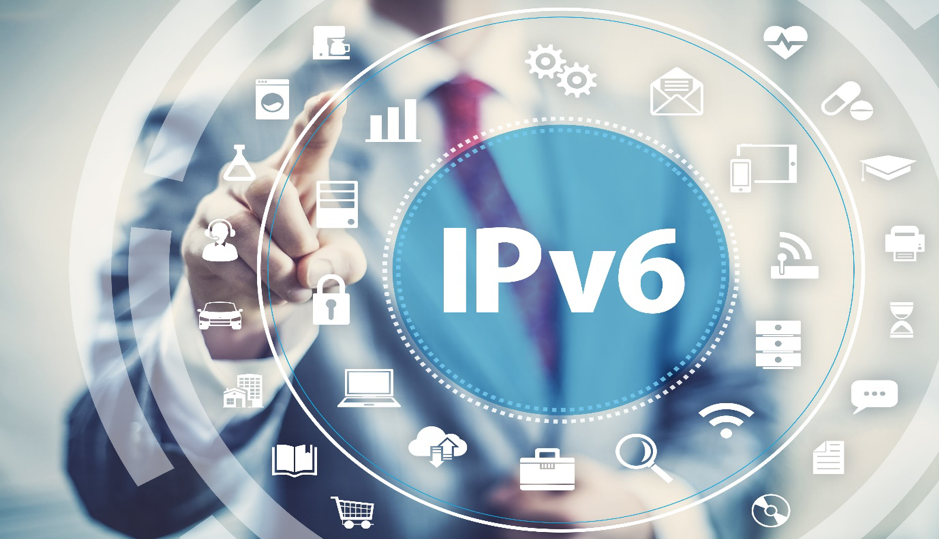
IPv6 is the latest version of IP, it offers more advantages than IPv4. Listed below are a few of the advantages:
- More Address Space: Expanding the IP Linked Devices requires IPv6, which has a larger address space than IPv4. Whereas IPv4 holds 32-bit address, IPv6 holds 128-bit address.
- Enhanced Security: IPv6 comes with some built-in enhanced security. IPv6 provides data encryption, data authentication, and other security features. In such a case, internet connection is safer.
- Streamlined Header Format: IPv6 is more cost-efficient and speeds up Internet connections than IPv4 since it has a more direct and efficient header structure.
- Prioritize: Stronger and more dependable support for quality of service features is present in IPv6, which contributes to higher website traffic and better audio and video quality.
- Better Support for Mobile Devices: Improved and extra support for portable devices is provided by IPv6. It facilitates faster connections than IPv4 and does it in a safer manner with other mobile devices.
How is IPv6 better than IPv4?
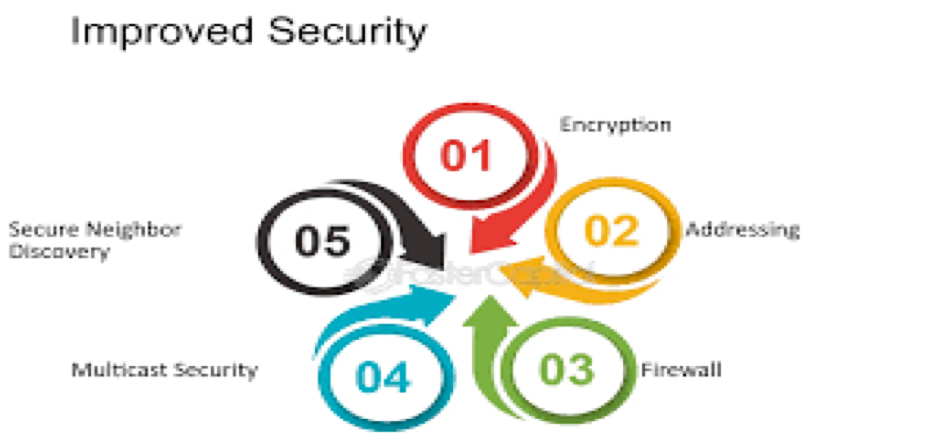
IPv6 is fundamentally more efficient than IPv4, due to the fact that IPv4 depends on (NAT) Network Address Translation for proper operation. These translators are added to networks to fictitiously expand IPv4’s address space. This implies that even after the supply of independent IP addresses was exhausted way back, transmissions can still go to the intended device. Since IPv6 eliminates the necessity for NATs, translational performance overheads are eliminated. Below are a few other IPv6 improvements.
- Routing
Compared to IPv4, IPv6 has characteristics that improve internet routing efficiency. It consists of route aggregation, the (NDP) Neighborhood Discovery Protocol, subnetting and hierarchical addressing, the elimination of NAT, and the simplification of routing headers.
- Auto-Configuration
In IPv4, identifying connected machines and managing IP address assignment requires a (DHCP) Dynamic Host Configuration Protocol server. (SLAAC) Stateless Address Auto-configuration is a feature of IPv6 that allows a device to automatically configure its address without the need for a third party or protocol. There is also a reduction in network traffic overall as DHCP is no longer required.
- Security
Compared to IPv4, IPv6 has additional security built into the protocol. This includes advanced safe routing technologies like OSPFv3, the ability to comprise privacy extensions, and (IPsec) Internet Protocol Security as standard.
What after IPv6?
The trials that produced TCPv1, TCPv2, and TCPv3 during the 1970s forced to create IPv4 in the early 1980s. Next followed (ST) Internet Stream Protocol and (ST2) Internet Stream Protocol 2, which was a more developed version of ST. Since it had Internet Protocol version 5 in its data packet header, some people referred to ST/ST2 as IPv5, but it was actually an experimental protocol that was never made available to the general public. In the end, IPv5 addresses never existed.
The reason behind naming ST IPv6 was to ensure its authors did not confuse it with the most recent version of the IP. But there have been several versions of IPv4 replacement proposals before this one.
In Summary
Given the key points discussed above, IPv6 is critical to the Internet’s long-term viability. The transition from IPv4 to IPv6 will significantly increase the group of IP addresses on the Internet. It should also enable each device to be unveiled by a NAT router and have its personal public IP address. Even though IPv4 and IPv6 are currently used together, they are not meant to work together. Although IPv4 may continue to be used for a while due to its cost and compatibility problems, IPv6 addresses will eventually become the standard.
FAQs
1. Why are we switching from IPv4 to IPv6?
Due to internet’s rapid expansion, improvements to the IPv4 addressing scheme are required to accommodate the increasing number of users, internet-enabled applications, and devices. Building on the features of IPv4, IPv6 is intended to make it possible for the Internet to continue growing globally by expanding the pool of IP addresses available and enhancing Internet configuration, addressing, security capabilities, and maintenance.
2. Which IP is Better, IPv6 or IPv4?
IPv6 is superior to IPv4 due to its greater sophistication and feature set over IPv4.
3. Which IP is Faster, IPv6 or IPv4?
Generally, IPv6 is often faster than IPv4. However, IPv6 can occasionally become sluggish as packet sizes increase.
4. Can both IPv6 and IPv4 be used?
Certainly! IPv4 and IPv6 can both be used on a single system. Certain devices support dual addressing. When the two devices connect, they decide the type of IP Version to use.

